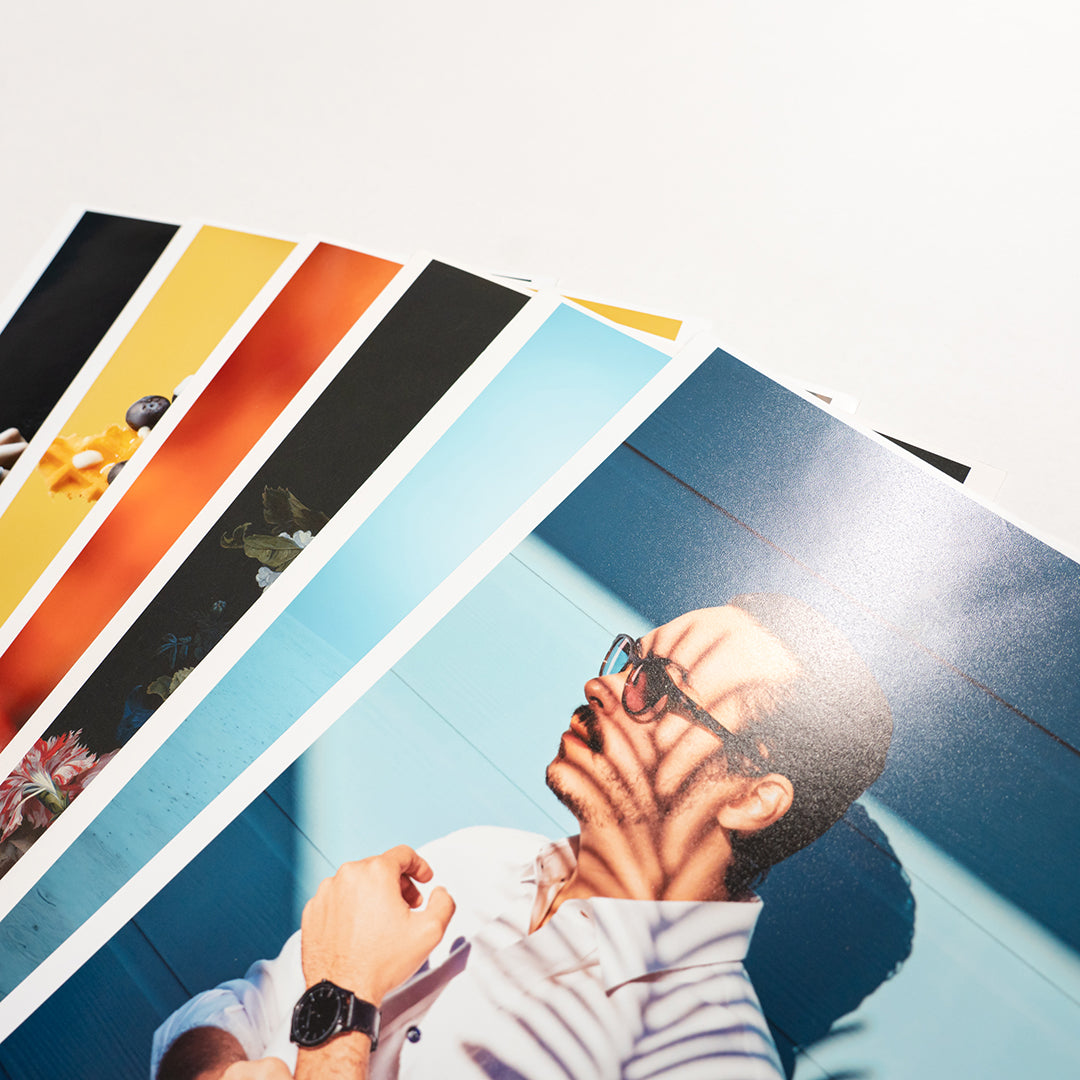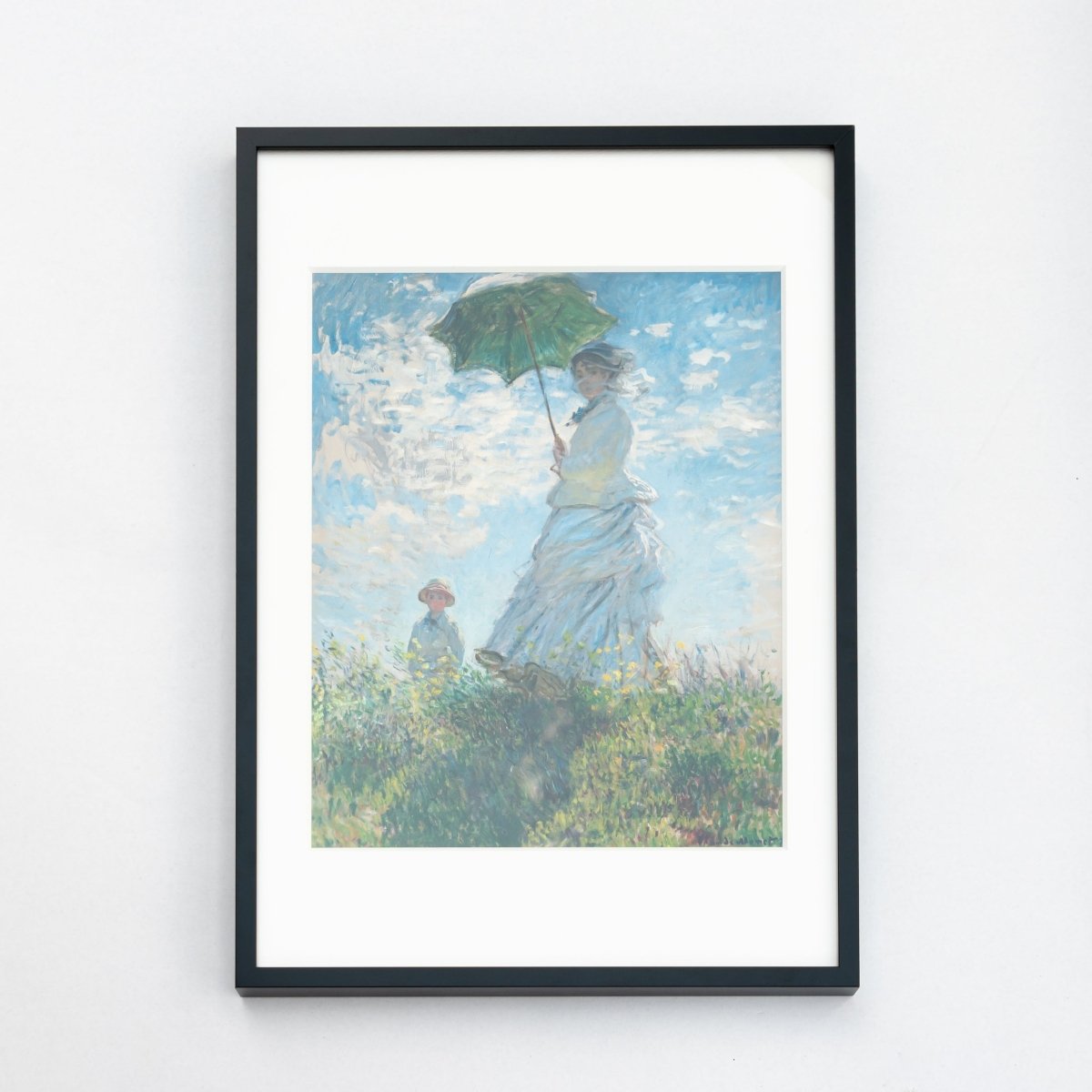[I tried printing] The charm of ILFORD Mono Silk Warmtone

Mono Silk Warmtone is a semi-gloss paper sold by ILFORD.
Ilford began as a manufacturer of photographic materials.
Its history now spans more than 140 years.
The "GALERIE" series is the highest quality inkjet paper produced by Ilford.
The paper we are introducing this time is a popular paper with an elegant luster from the GALERIE series.
Now, in this article we will be looking at the Mono Silk Warmtone.
I've never printed on glossy paper.
"What are the features of Mono Silk Warmtone ?"
What kind of photos and illustrations are suitable?
I am writing this for people who have concerns or worries such as:
<Handling paper>
[ILFORD] Mono Silk Warmtone
Mono Silk Warmtone (hereinafter referred to as Mono Silk) is the paper that PHOTOPRI has decided to adopt from 2022.
This paper can be described in one word: beautiful.
Compared to other papers, I think the color and glossiness of this paper are particularly impressive.
I still remember how excited I was when I saw it for the first time and thought, "I can't wait to print it!"
The results exceeded expectations.
As it is a masterpiece from a long-established manufacturer, we have gradually been receiving more orders from existing fans as well as those new to paper, who have taken advantage of the trial print service.
Uniqueness
The main feature of Monosilk is its "silk-like luster."
As the name suggests, the fine texture of this paper feels delicate even among glossy papers.
When viewed blank, compared to regular semi-gloss paper, there is no noticeable reflection.
Personally, I think the shine of Monosilk paper is more like a slight gloss than a semi-gloss paper.
Paper that isn't too glossy is easy to use.
It is less reflective when exhibited, making it easy to see the artwork from any angle.
The paper thickness is 0.23mm, which is almost the same as regular photo paper.
Epson's popular "Professional Photo Paper" series, which is also available at PHOTOPRI, is approximately 0.27mm thick, so one of its features is that it is slightly thinner.
It is unlikely that it will bend due to being too thin when handled, but printed materials larger than A0 size will need to be handled with care.
A surface that makes you feel the trees
The "surface quality" varies greatly depending on the paper.

When it comes to paper with a good texture, this "surface quality" element is key and is important in determining the quality of the paper.
Speaking of paper with a nice texture, there is Torchon, also made by Hahnemühle.
Torsion is a high-quality paper that has a texture similar to watercolor paper, a wide color gamut, and produces gentle color expression.

(The image above has been edited to make the unevenness of the surface more visible.)
The German etching (on the left side of the image) has many delicate lines that resemble the surface of a tree .
The torsion (right side of the image) has a soft, wave-like surface.
This surface quality of German etching is also exquisitely effective for printed materials.
We will discuss later what style of work it is suitable for.
Caution 1: Be careful when rolling
When working with German etching, be careful when rolling it into a rod.
This is something we ourselves are always careful about, but when you try to roll up a piece of work that is A3 size or smaller into a tube, it can get bent.
When storing, we recommend rolling it up as thickly as possible or storing it flat without rolling it up .
Caution 2: Not suitable for paneling?
Please be careful when attaching German etching prints to wooden panels.
The reasons for this include:
- The edges of the work become frayed.
- The paper is absorbent and may wrinkle or curl after application.
With wooden panels, after the panel is installed, it needs to be turned over and the four sides cut, so you need to be very careful to get a nice finish.
One possible reason for this is that the paper is made from alpha cellulose .
Regarding wrinkles and warping, this is also a matter of possibility, but
This is thought to be due to the high moisture absorption of the paper .
(Regarding the moisture absorption of German etching, this is based on our experience as people who handle paper on a regular basis, so please take what I say with a grain of salt.)
Bright color expression
Many Hahnemühle papers have excellent color reproduction.
The PhotoRag series in particular is very popular for its rich gradation and both glossy and fine art paper.

The color expression of German etching is slightly brighter than, for example, photo rags.
It depends on the data you submit, so it's difficult to say for sure, but sometimes a color that appears to be highly saturated in the data ends up being a slightly lighter tone when printed.
Those who want the colors to look exactly the way they do on a display may need to be careful.
When printing on matte paper, the colors usually fade, so in that sense, German etching may be rare in that it produces a bright finish.
What kind of photos and illustrations are suitable?
Monochrome photographs, oil paintings, and copperplate prints
When it comes to German Etching printing, most of our customers order illustrations .
There are many popular papers that are more likely to be used for photo printing than German etching, so I think many people are considering other papers.
In this situation, if I may say so, I think that printing black and white photographs will produce a satisfactory result.
Silver-toned photos in particular seem to be able to strike a good balance between "cool" and "soft."
For monochrome photographs, there are papers with a rich black color, such as PhotoRagBaryta and Prophoto Heavyweight Silk, so there is a lot of competition.
Regarding suitability for illustrations, it is recommended for highly concentrated works such as oil paintings .
However, I feel that the texture of German etching may actually get in the way of works with a softer style or characters/anime-style works.
I would definitely recommend trying this for works that use highly concentrated colors.
Also, as I mentioned at the beginning, I think it is very suitable for printing copperplate print-style works .
If you can express the clear dots and lines that are unique to copperplate engraving, combined with the texture of German etching, I'm sure you'll end up with a truly authentic piece of work.
German etching is a great option for those who want to create a piece that catches the viewer's eye with its inherent elegance, so be sure to give it a try!
bonus
- German etching uses paper made of 100% alpha cellulose, not cotton .
-German etching is part of Hahnemühle's "Matte Fine Art" paper series.
・As mentioned above, I have explained German etching, but I think there are some people who are wondering, "What is fine art paper anyway?" So I will also explain what "fine art paper" is. Please forgive me if some of the expressions are a little formal.
What is fine art paper?
Fine art paper is one of the types of paper that has seen a dramatic improvement in "paper quality" due to advances in inkjet printing technology.
The fact that it was now possible to reproduce high-resolution, high-quality digital images equivalent to those of conventional silver halide photography immediately sparked widespread interest in its potential in the photography and art industries.
The main feature of fine art paper is that it combines durability and texture .
The raw materials used include cotton, wood, and bamboo, but PHOTOPRI uses cotton-based fine art paper.
Cotton-based fine art paper does not contain lignin (a component that makes up 20-30% of wood. Paper derived from wood naturally contains lignin, which causes it to deteriorate over time. Incidentally, the discoloration of books is caused by a chemical reaction between ultraviolet light and lignin), making it possible to preserve it for long periods of time.
There are many suppliers of fine art paper, including Hahnemuhle (Germany), PICTORICO (Japan), and Canson (France), and as a result, there is a wide variety of paper types available.
As for future possibilities, fine art papers that have evolved in Europe are expected to evolve even further, and at the same time, new fine art papers may also be born in Asia.
Fine art paper is expected to spread beyond the art industry to include individual creators, and as a result, there is a high possibility that the types of paper themselves will increase and become more specialized.
<Handling paper>
- [Hahnemuhle] Photo Rag <Go to product page>
- [Hahnemuhle] German Etching <Go to product page>
- [Hahnemuhle] Torchon <Go to product page>
- [Hahnemuhle] FineArt Pearl <Go to product page>
- [Hahnemuhle] Photo Rag Baryta <Go to product page>
- [Hahnemuhle] Photo Rag Metallic <Go to product page>
[ILFORD] Would you like to try printing with Mono Silk Warmtone?
Just like taking a test drive before buying a car, we encourage you to take advantage of our free trial printing service and experience the paper with your own eyes before printing.
There are a wide variety of papers available, including glossy paper, matte paper, fine art paper, and Japanese paper, and you can't really understand the texture, feel, and color transfer that each one has until you actually hold the printed material in your hands.
It can be difficult to choose the best paper from the many available options right away. There are many people who don't know which one to choose.
You can use your own photo data to print the test print.
We have trial sets available to suit your tastes, so please feel free to try them out!



